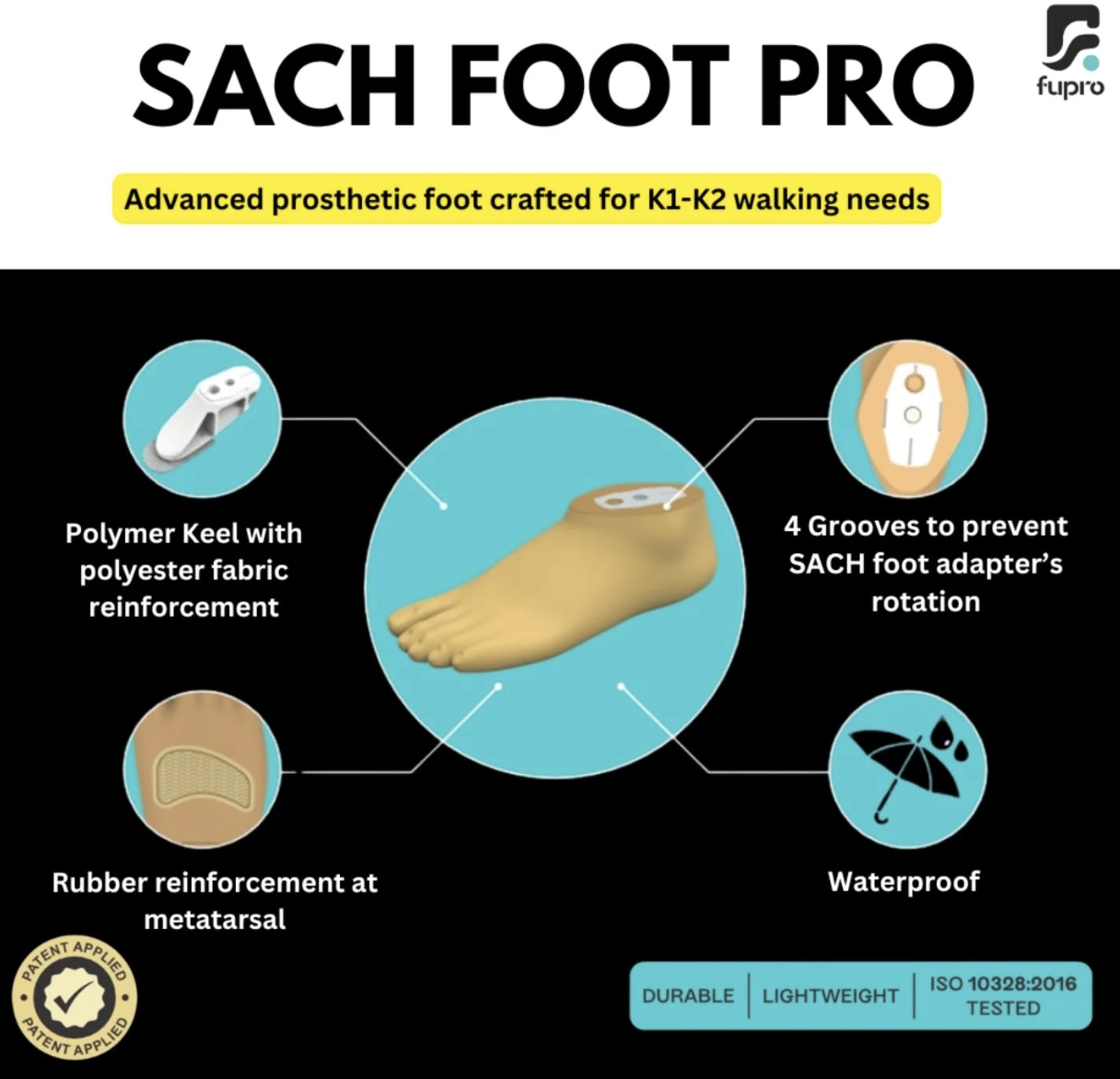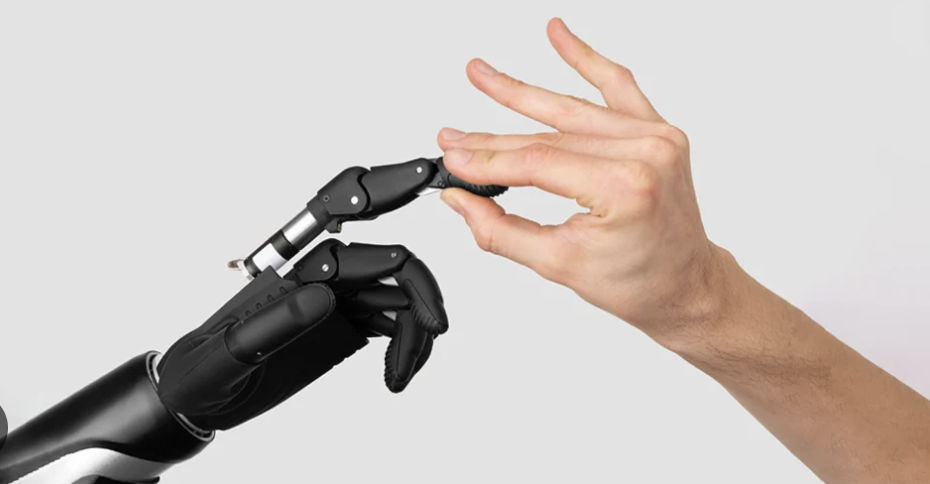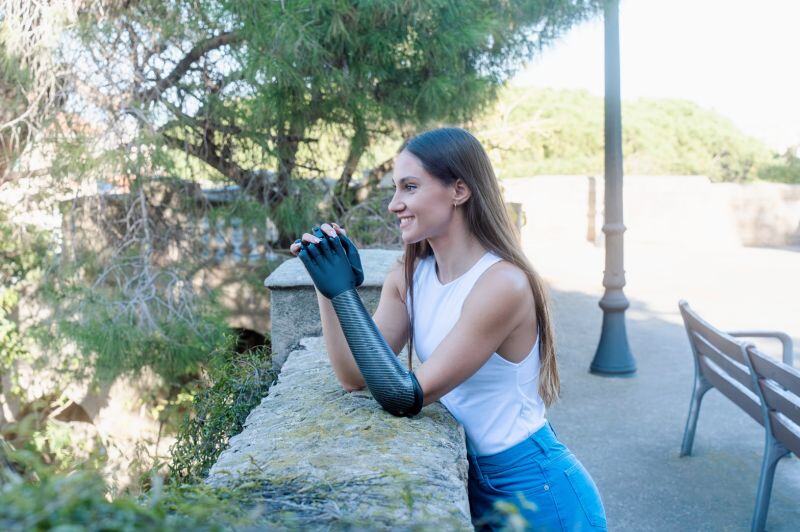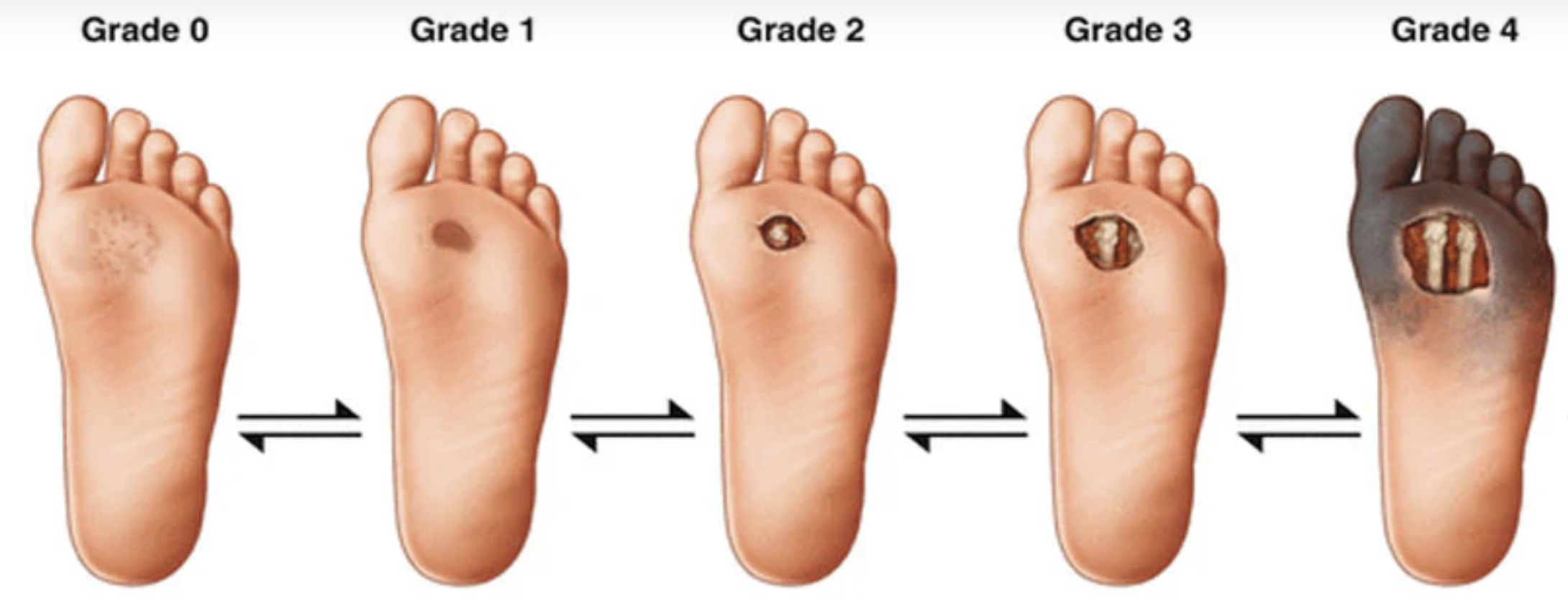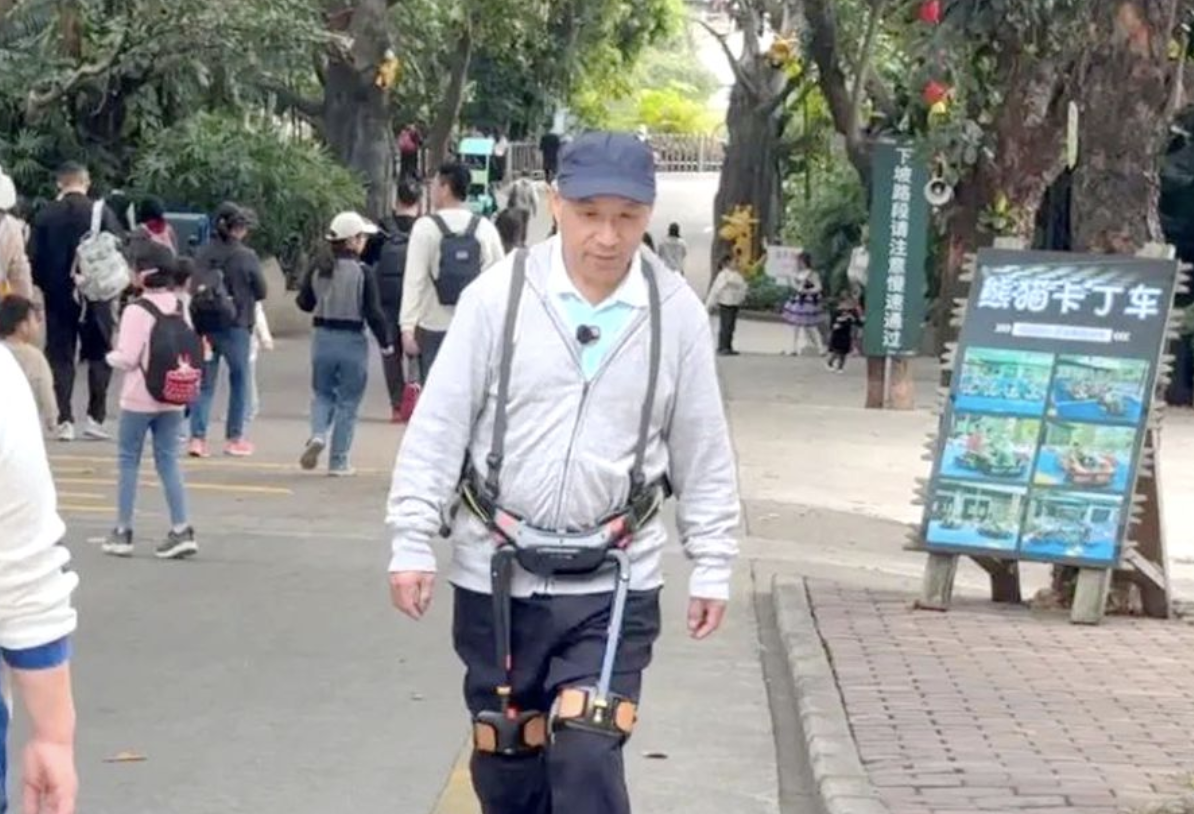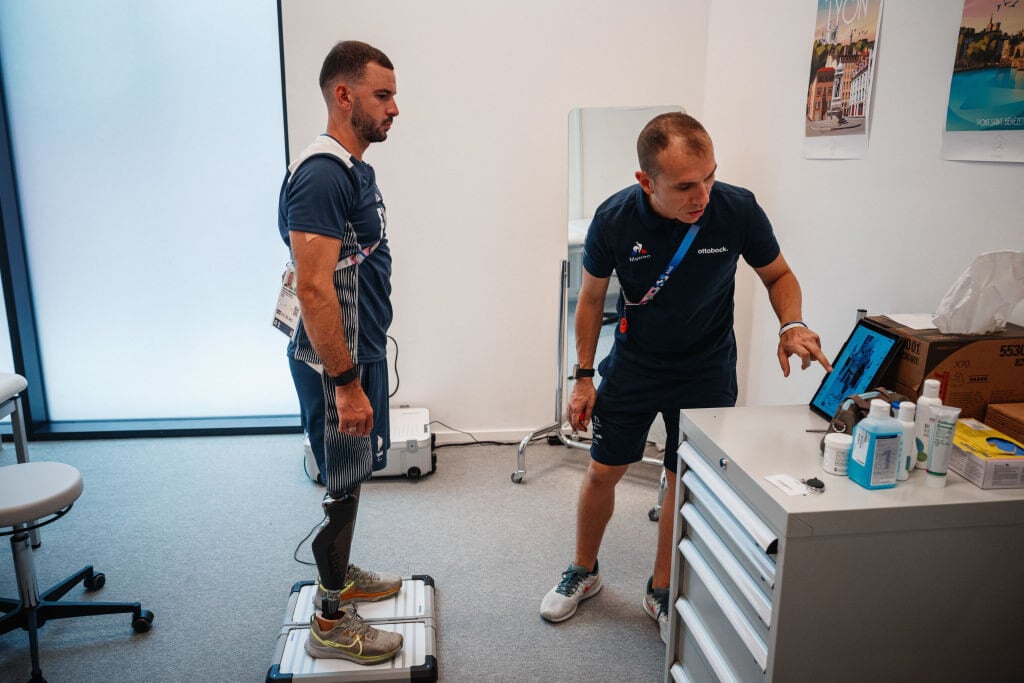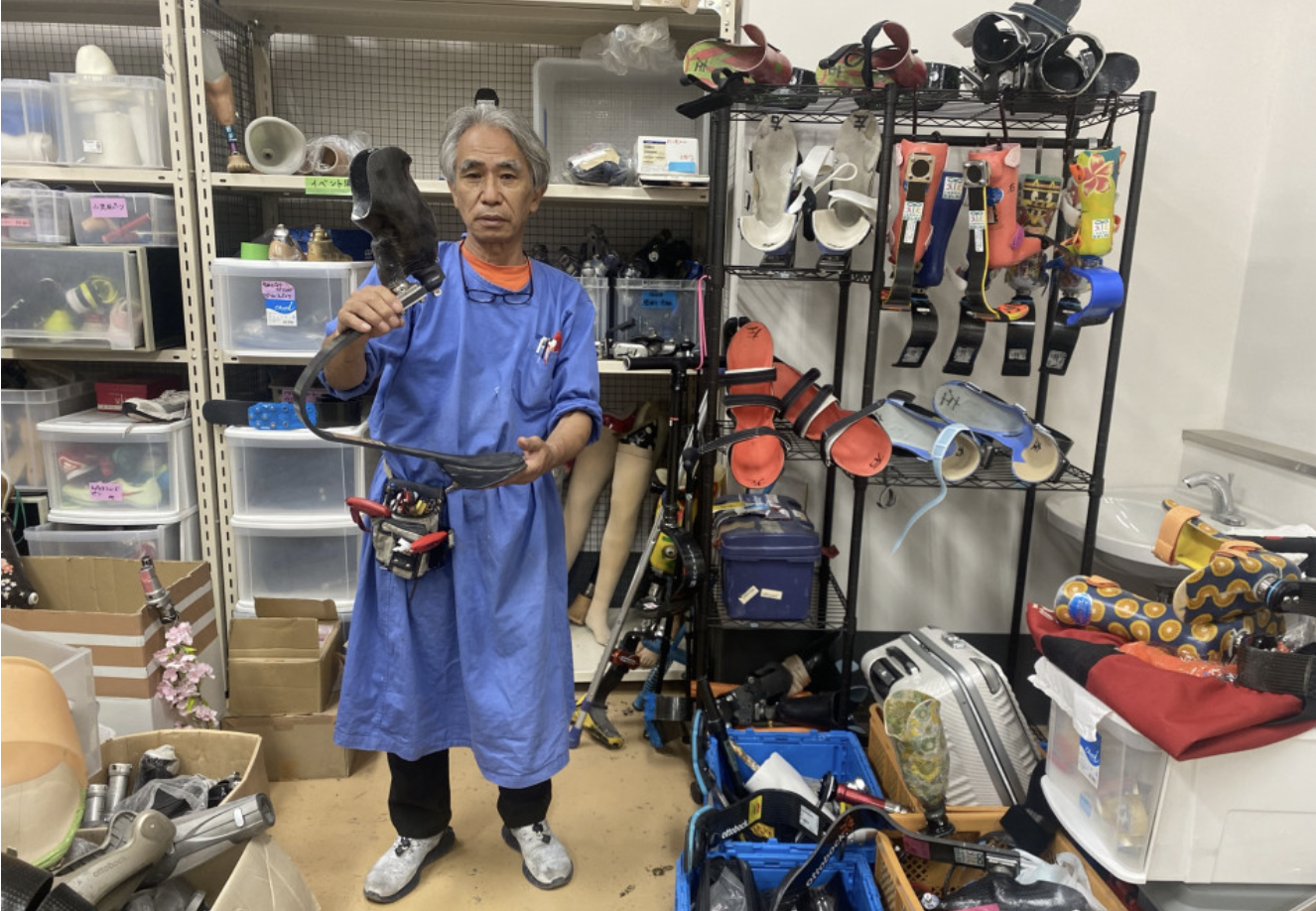Three pro athletes speak on the astronomical costs of their adaptive equipment, and how insurance and health care have not caught up to their needs
atherine Debrunner had tears of joy in her eyes as she sped across the finish line for the women’s Paralympics marathon in Paris, taking home the gold. And she crossed that finish line five more times, taking first place in the 5,000, 1,500, 800, and 400 meters, and second place in the 100 meters. The winning streak felt like the culmination of a long road for the Swiss athlete, who got into para athletics at the age of eight, when she attended a kids’ sports camp and her coach gave her her first racing chair. “From that moment on, I was in love. I knew this was my sport,” she recalls.
I connect with Debrunner just after the Paralympic Games, where athletes from different countries competed in sports such as para triathlon, wheelchair basketball, blind football, wheelchair rugby, sitting volleyball, wheelchair tennis, and para swimming. With the exposure sports have gotten this year, the Paralympics had their biggest year yet, becoming the most streamed Games of all time and reaching a record 15.4 million viewers. But, they also brought to light a huge disparity, in that not nearly enough progress has been made in the fields necessary to make disabled people’s lives better.
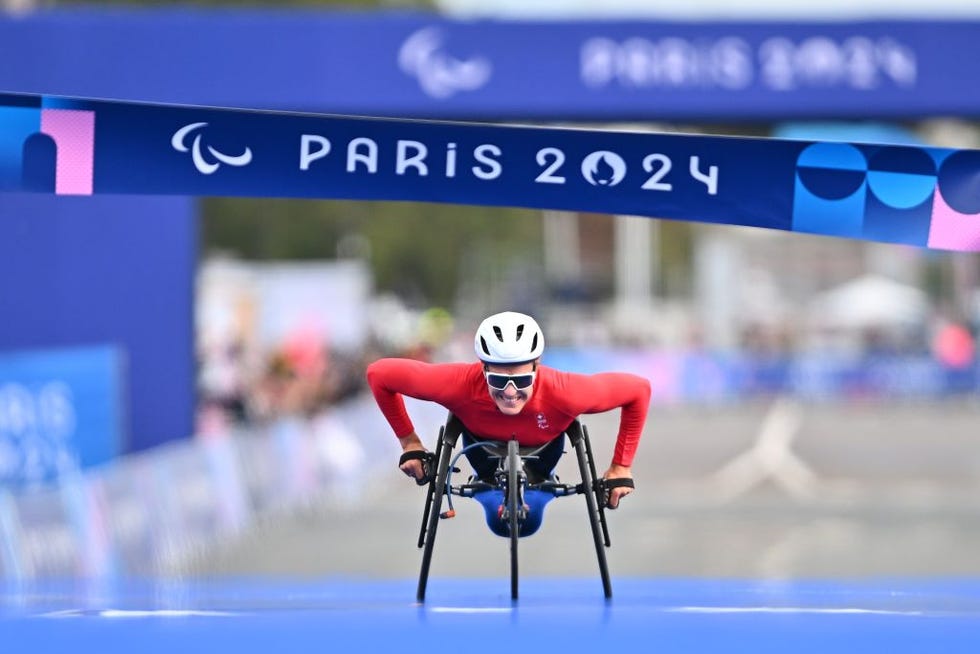
Unlike Olympic athletes, many of whom are sponsored by clothing brands like Nike, Adidas, and New Balance, many Paralympians—particularly wheelchair athletes—end up being sponsored by car, tire, or technology brands (P&G, Samsung, Toyota, Honda, and Bridgestone are some of the biggest sponsors), as they are the ones that can provide them with the equipment they need to move, compete, and live. Insurance is rarely any help, and the health care sector doesn’t prioritize their needs.
“In Switzerland, the financial support we get from our sport center to buy a racing chair depends on our level in the sport,” Debrunner says. She is sponsored by Honda for her wheels, but still has to pay her part for her competition and everyday chairs. She says, “and I can tell you that it’s really not cheap, even normal wheelchairs are crazy expensive.”
And in the United States, despite the country’s massive presence in the Paralympics this year, the cost of adaptive equipment and prosthetics remains colossal.
U.S. Paralympic champions Chuck Aoki (wheelchair rugby) and Aaron Pike (wheelchair racing) get their sports chairs and rubber gloves for racing donated by national tire brand Bridgestone, but they pay fully out-of-pocket for their daily chairs simply because it’s too much of a hassle to try to get insurance to support them.
“When I originally got this chair, the FDA hadn’t even approved it yet because of some insane rules, so insurance refused to get it, so I just bought it myself, because then I could have it in a month,” Pike says of his everyday chair. “ I didn’t want to have to deal with that whole entire process. But not everyone can do that, obviously. We should be getting a new day chair like every two years, and it shouldn’t be some giant process.”

Aoki—who brought home a silver medal this year—explains that chairs are not a one-size-fits-all; every person has to be fitted into a custom chair every couple of years. As for the many different sports wheelchairs, he notes that while the technology has evolved greatly, few companies around the world make them, and the demand is not high enough to push more companies to get involved—all of this which means that the small amount of product that is available is extremely expensive and hard to come by.
Aoki hopes that in the near future, 3-D printing technology will make it possible to produce both sports and everyday chairs in a less expensive and more seamless way. Or, he says, there needs to be “like a Mint Mobile for wheelchairs—no shade to Mint Mobile. Companies need to make something much, much cheaper, particularly for young kids who grow out of everything so fast.”
“The reality is that, you know, if you’re able-bodied, you buy a pair of shoes that you grow out of in a few months, and it’s not that much money, so then you buy another pair. Whereas I was six when I started playing sports, and you’d have to get a chair that was $2,000- $3,000. And for most families, even if you’re doing fine, that’s a lot,” he adds.
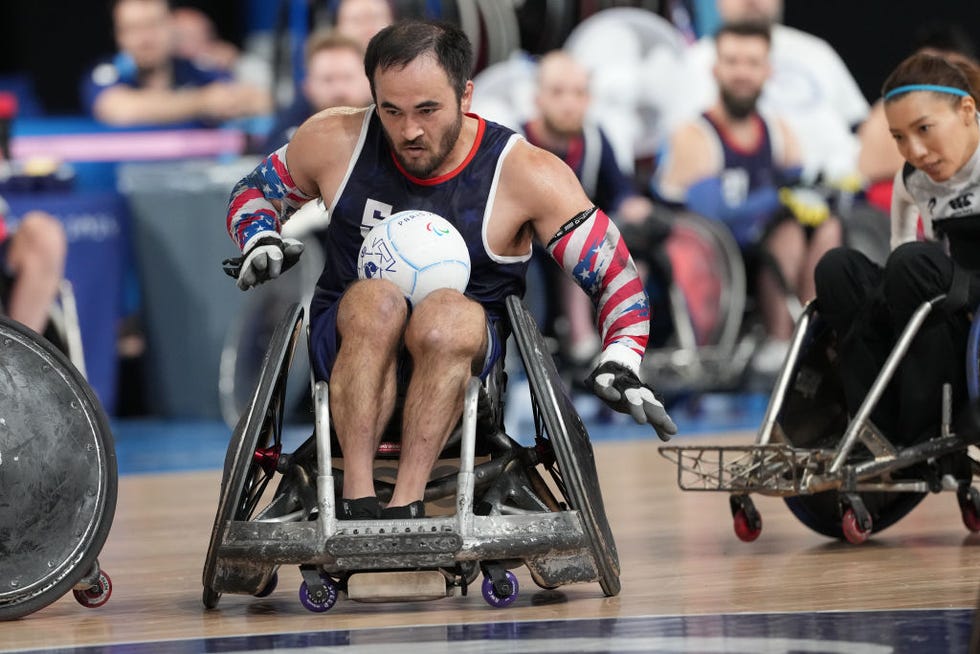
Pike also admits that chairs are not even the worst of it. His fiancée, fellow Paralympian Oksana Masters, is a double amputee, and therefore uses two mechanical legs. “And it's insane to me, the costs are astronomical,” he says. “For both full sets of legs, knees, sockets, feet, all that, you’re talking like $200,000. The knees alone cost like $60,000. And they’ll only refurbish and service them for two or three years and then they expect you to buy new ones—which is crazy for something that costs more than a car.”
Advocacy group So Everybody Can Move is working to change that for the disabled population by challenging the country’s discriminatory health care system and fighting for insurance coverage for recreational prosthetic and orthotic care. Nicole Ver Kuilen, the campaign lead for the organization, says disabled children are much less likely to get into sports or physical activity simply because they don’t have the tools to. And, as we’ve seen, even professional athletes have trouble getting the equipment they need to do what able-bodied athletes can do with just their bodies.
“Growing up, I was not able to get access to anything for running for physical activity, insurance companies deem anything—any prosthetics, orthotics, or physical activity—not medically necessary. And so they don’t cover them,” Ver Kuilen, who uses a prosthetic foot, says.
A runner herself, the advocate explains that for years, she ran on her walking foot, which is not only incredibly uncomfortable, but also risky, as the foot can easily break. It wasn’t until a brand sent her a running blade that she was finally able to train the way she had always meant to.
(One of the biggest recent technologies in the Paralympic sports space is actually a rubber cover for racing blades. Since the blades have spikes, athletes previously had to change legs just to get off the field and walk on solid ground.)
“A lot of times people say it’s a luxury to have access to these equipments, but no, it’s not,” Ver Kuilen says. “I mean, this is life or death in many cases for people to have access to what they need to be physically healthy and also to be able to have the same opportunities in life and in their careers as abled-bodied people.”

As we wrap up our talk, Debrunner tells me she’s gearing up to race in the Berlin Marathon, the Chicago Marathon, and then a marathon in Japan. She’s also celebrating the release of her new campaign with New Balance as the first woman in a wheelchair to be featured in a global clothing campaign of the sort. This milestone is exciting, but it’s also shocking that it’s taken us this long to get here.
Progress for disabled people and athletes does need to come from the countries’ health care sectors, Debrunner says, but it also needs to come from the community itself. As a whole, we need to change our perspective.
“Sometimes people feel pity for us because of our handicap, and unfortunately, there are still people who think our level is not high enough as athletes, which is definitely not true. Our level is higher than ever, and everybody’s fighting very hard for the podium,” she says. “I am a full-time athlete who trains as hard as Olympic athletes. I won these medals with a lot of effort, and I find it sad that I still need to justify myself.”

